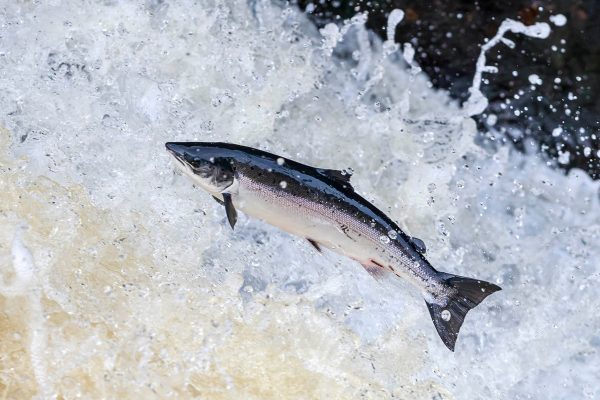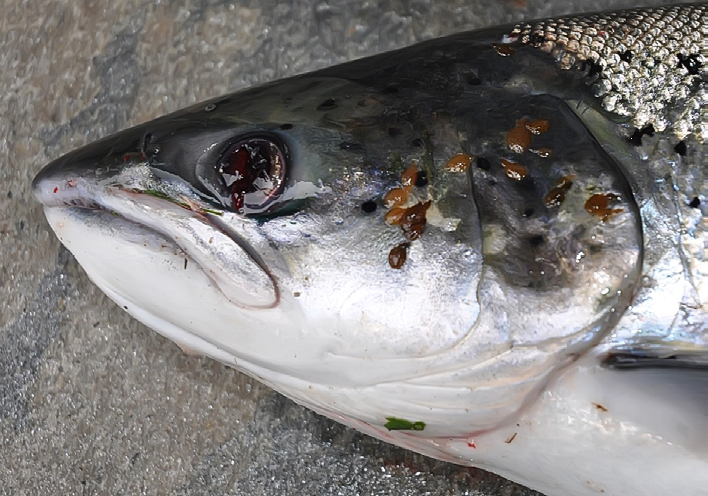River barriers: problems and remediation
In 2021, the fish-passage and hydro-morphology impacts of Ardnacrusha are beginning to be properly addressed after a century, so it is timely to review the effects of river barriers in general and see what can and is being done to mitigate those effects.
Our rivers are under threat as never before from municipal, domestic, agricultural and forestry activity. Biodiversity, insect numbers, and fish numbers are at an all-time low, and our rivers must endure chemical, morphological, and sediment-induced damage, which further decreases biodiversity and diminishes out natural heritage.
Climate change also is having an effect, not just by increasing the temperature of water, but by causing an ill-advised rush in some countries to install barriers for small scale hydro-powered generators, in the mistaken belief that these are in some way ecologically friendly and have no impact on nature.
Such activity would repeat the worst mistakes of the 19th and early 20th centuries, and it is timely to educate against such initiatives. On the positive side, the Ardnacrusha project has the potential to help restore the Shannon River to one of the great salmon rivers of the world.
SWIRL has always demanded a concerted program for the removal of all redundant river barriers and the optimization of migratory fish passage on all other major barriers.
SWIRL is committed to addressing the removal of man-made barriers to migration for Atlantic salmon and sea trout in rivers and supports designs that facilitate all fish migration. A properly functioning ecosystem is necessary to facilitate the optimum production of salmonid juveniles in freshwater.
This conference hopefully will have improved understanding of the complex issues surrounding fish migration and how best to facilitate the necessary improvements.
We have included a link to allow you to listen and watch the proceedings here.
Conference Schedule
9.30-9.40 Welcome: Niall Greene, Chairman SWIRL. Intro to SWIRL & conference
9.40-10.00 The potential impact of low-head barriers on aquatic biota in Irish rivers - some insights from the Reconnect project. Mary Kelly-Quinn (UCD)
10.00 – 10.15 Monitoring sediment connectivity and channel adjustment: experiences from the EPA Reconnect barrier project. Jonathan Turner (UCD)
10.15-10.30 Some thoughts on interactions between Barriers and Atlantic Salmon. Phil McGinnity (UCC)
Discussion 10.30-10.40 Q&A
10.40-10.50 Refreshment Break
10.50 – 11.05 Thou shalt not pass: fish and fisheries management. Martin O’Farrell (Aztec Management Consultants)
11.15-11.40 Lower Shannon Fish Passage Improvement – the Ardnacrusha Barrier. Marq Redeker (CDM Smith)
Discussion 11.40 – 11.50 Q&A
11.50 – 12.00 Refreshment Break
12.00 – 12.20 Practical Issues in the Removal/Mitigation of Barriers. Alan Cullagh (IFI)
12.20– 12.40 How to Organize and Fund a Barrier Remediation Project. Bob Seward (Angling Council of Ireland)
Discussion 12.40 – 12.55 Q&A
Salmon Watch Ireland
Salmon Watch Ireland
Company Registered Address
Jerpoint Hill, Thomastown
County Kilkenny,
mailto:info@salmonwatchireland.ie

Atlantic salmon have declined by 75% in the past number of decades. Help is needed to conserve stocks through a campaign to protect habitat and reduce exploitation. Atlantic salmon need your help.





